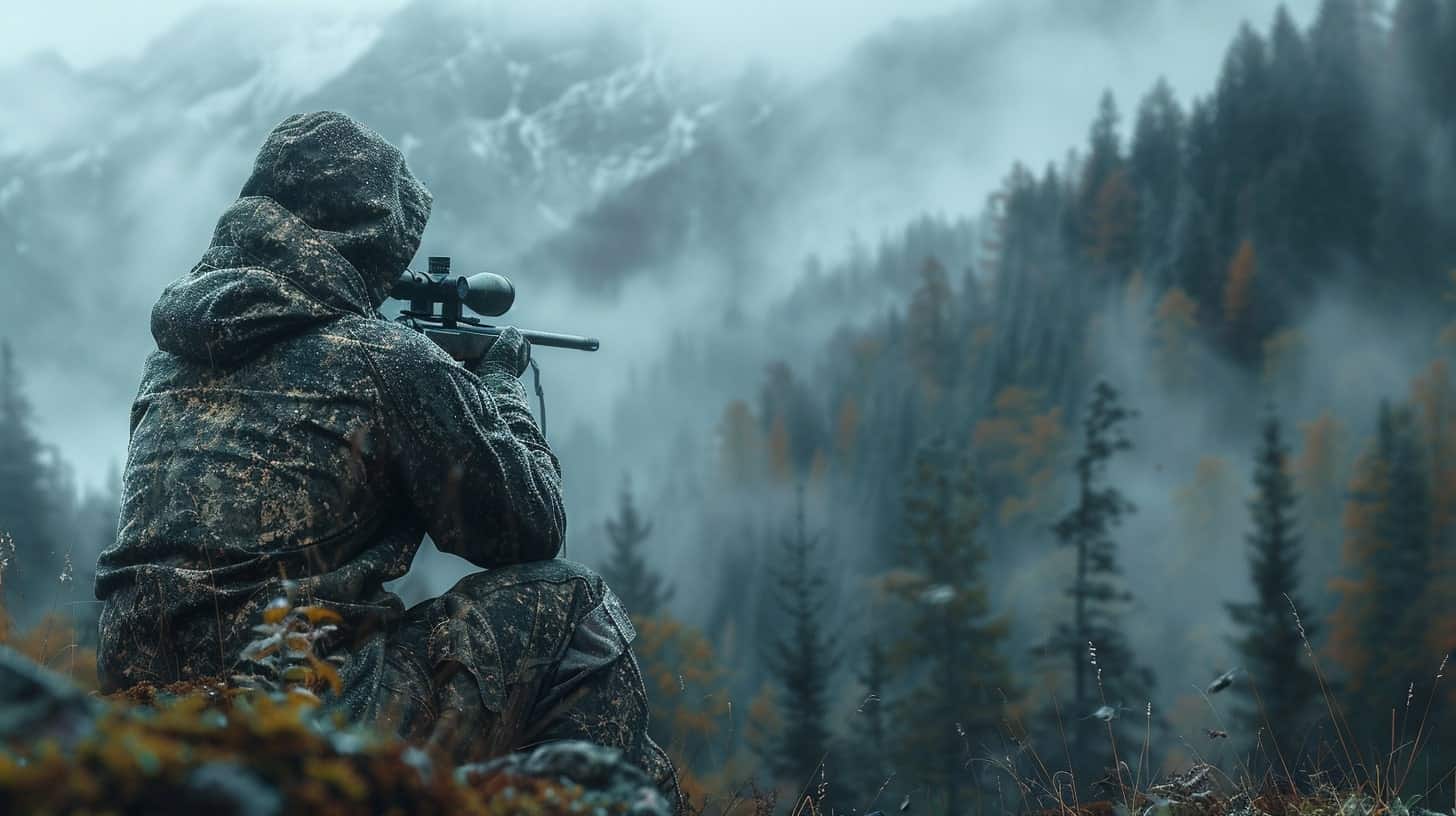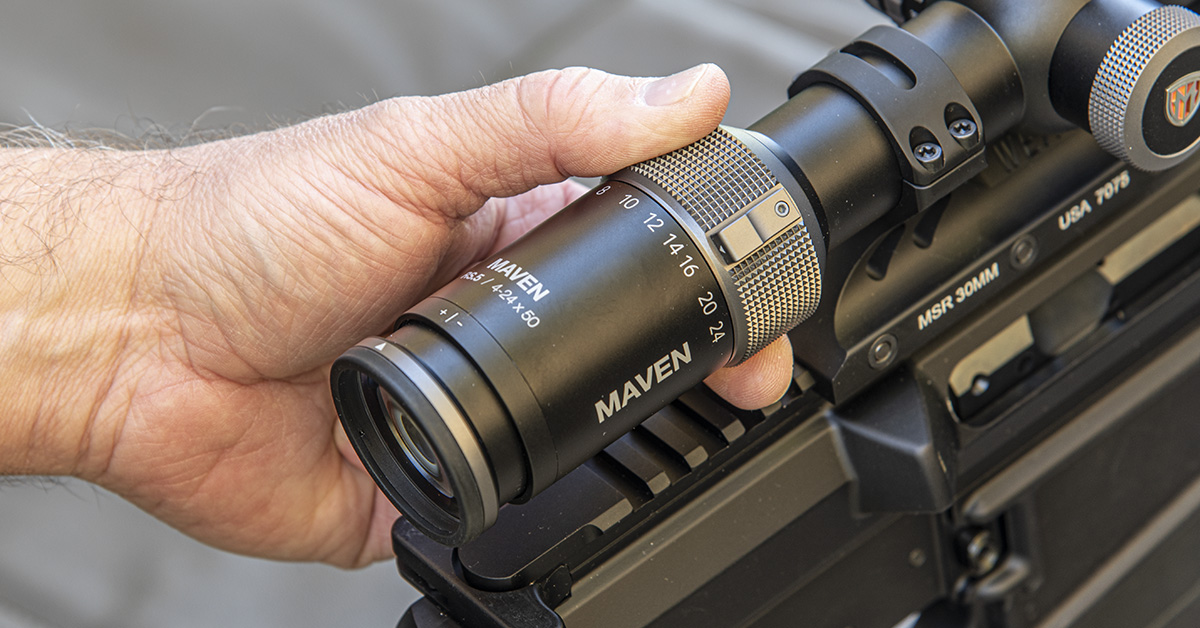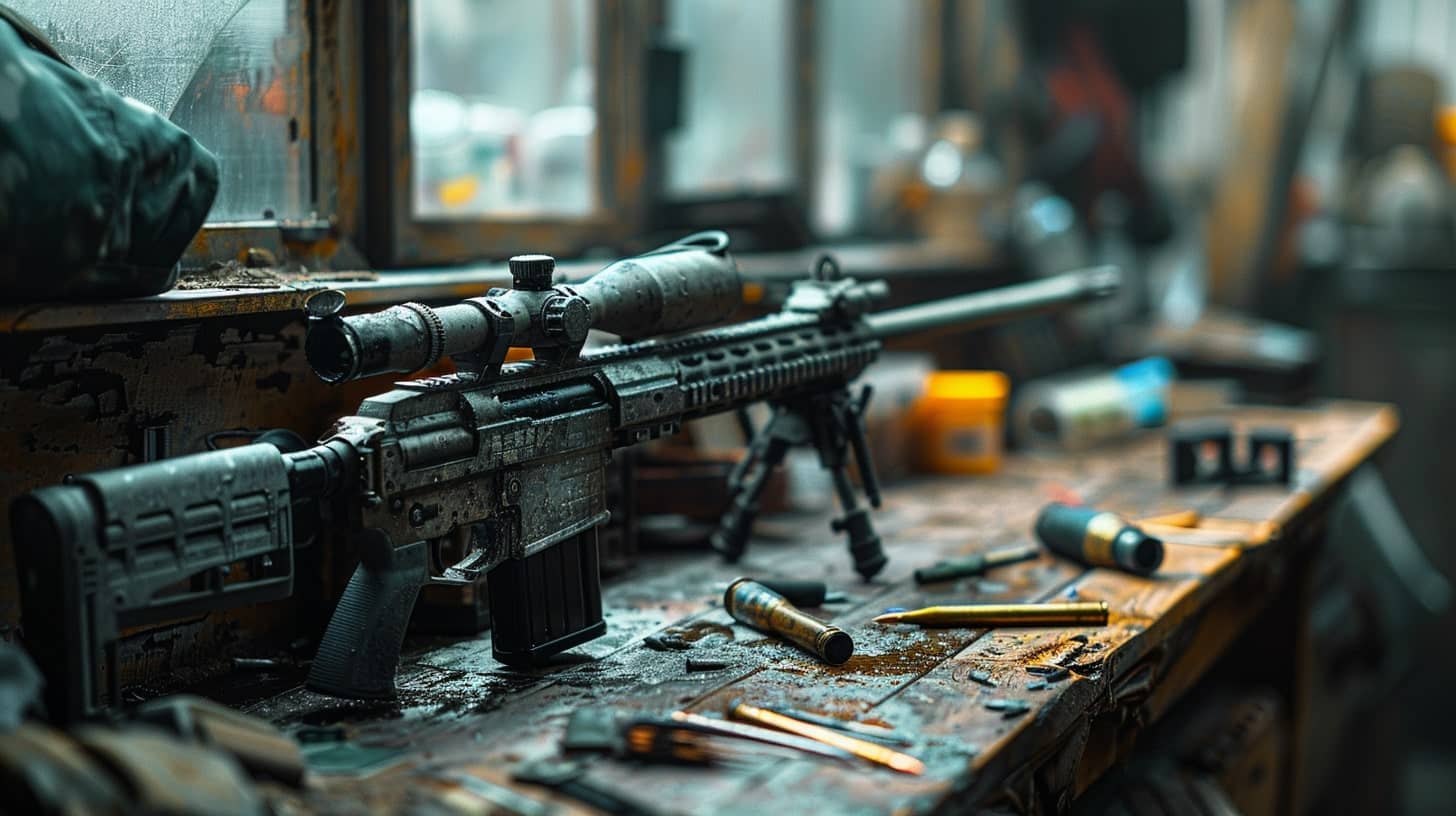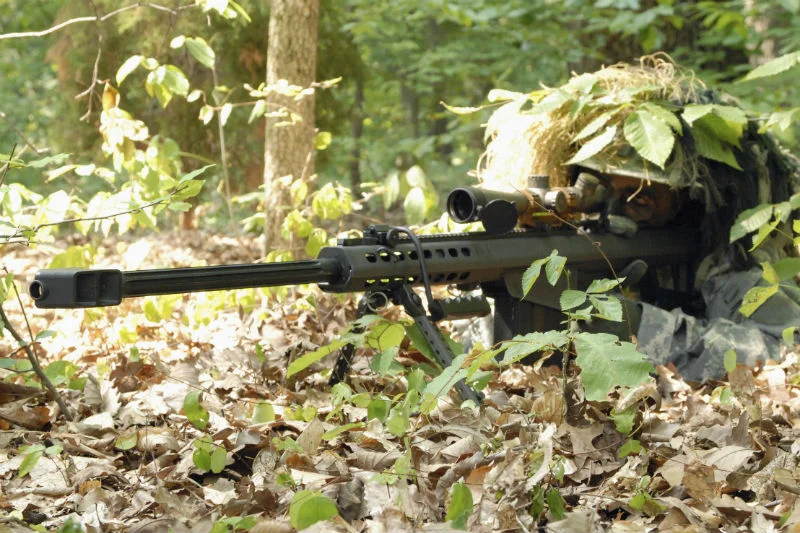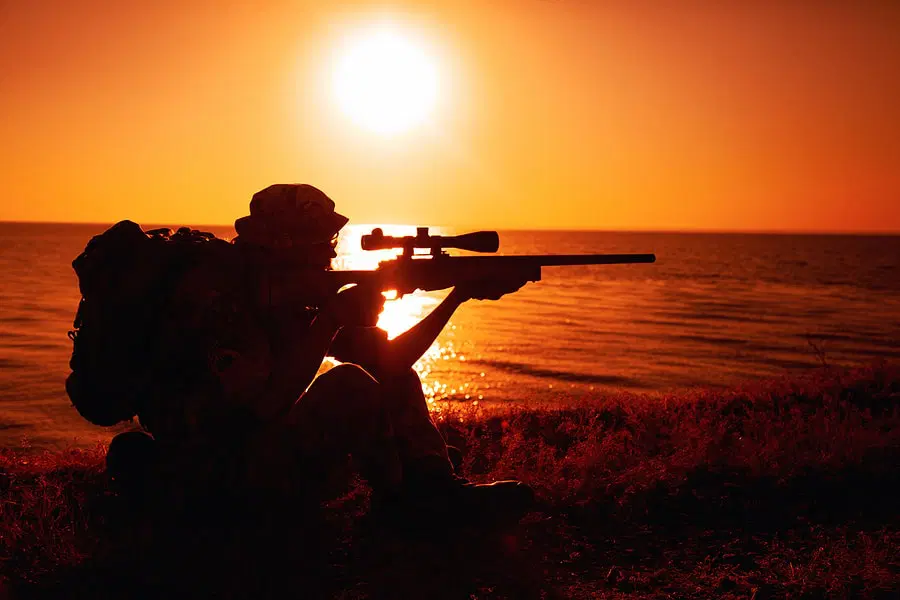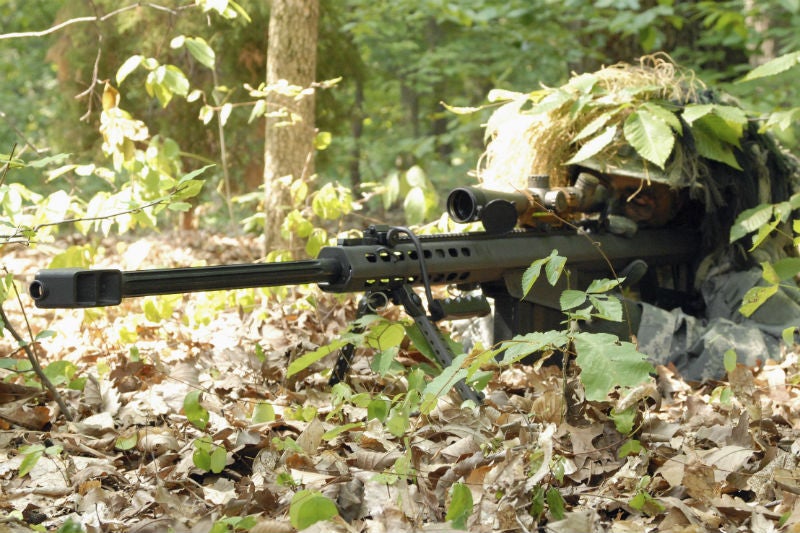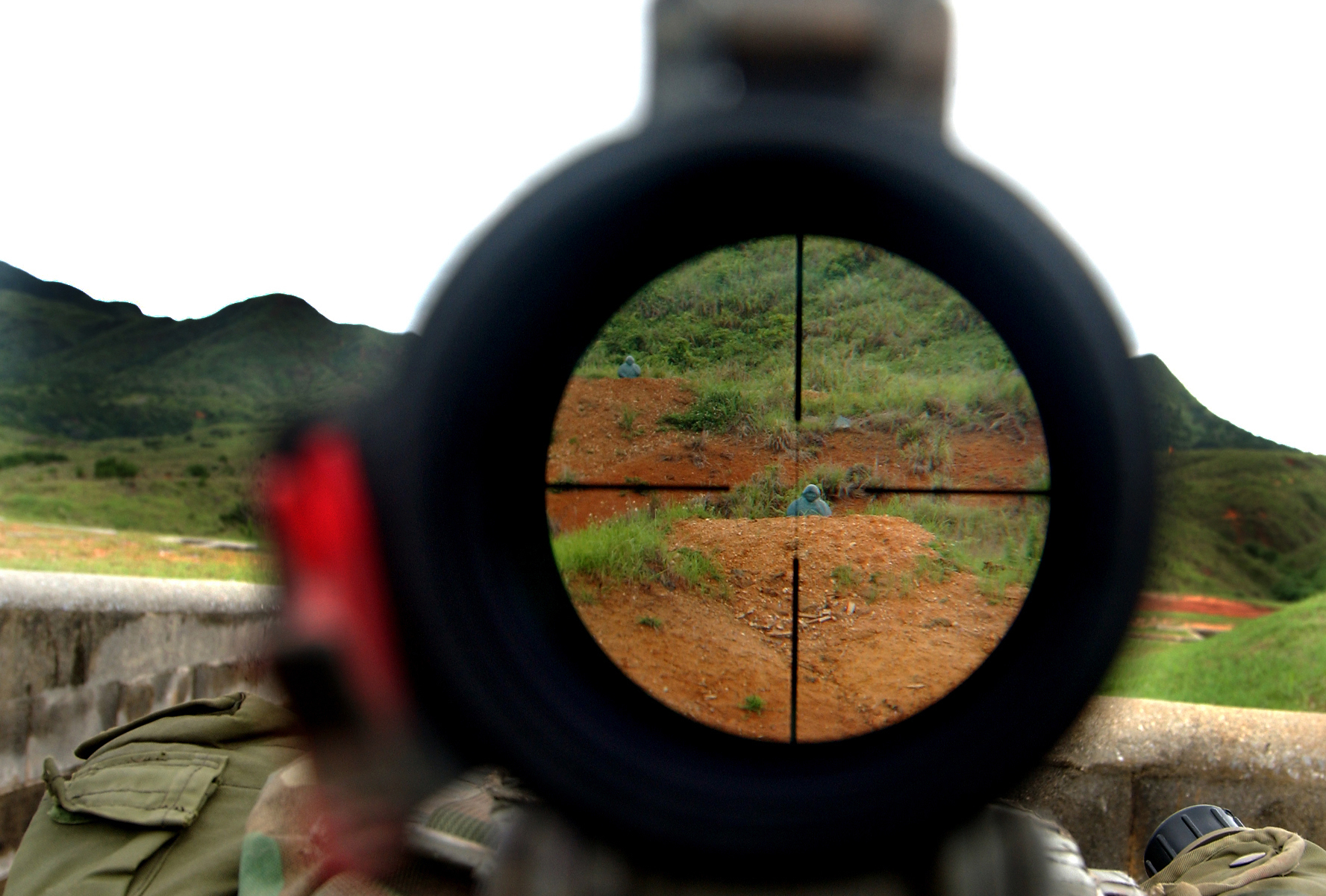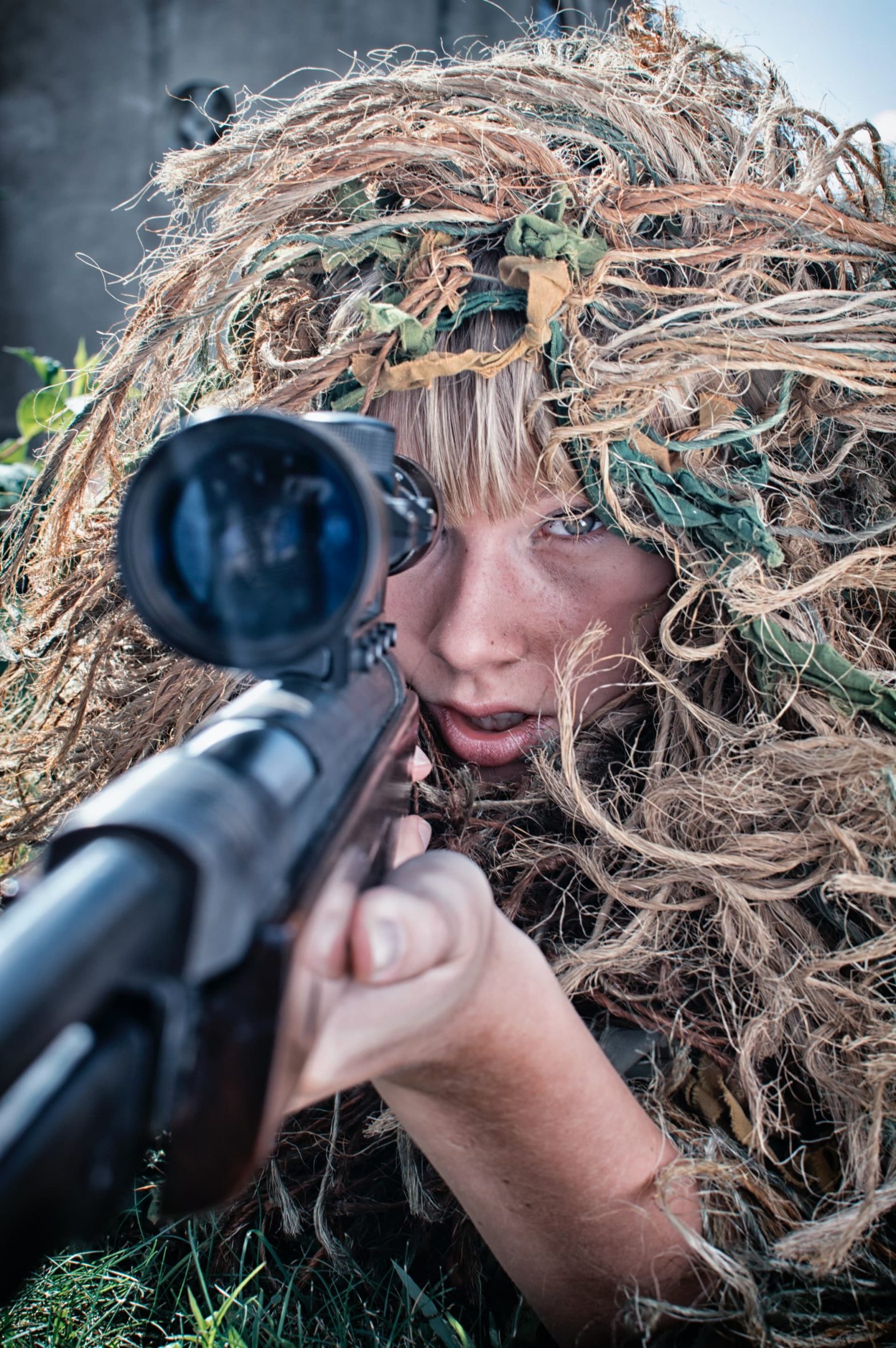For hunters and outdoor enthusiasts, a successful outing is as much about preparation as it is about skill. And when it comes to your gear, no tool is more critical than the right hunting optics. Whether you’re tracking game in dense forests or scoping prey across open plains, the equipment you choose can significantly impact both your accuracy and overall experience.
But with countless options on the market—from binoculars and spotting scopes to rifle scopes and rangefinders—it can be overwhelming to know where to start. This guide will break down the essentials of hunting optics, giving you the knowledge you need to make an informed decision.
Why High-Quality Optics Matter in Hunting
Investing in premium optics isn’t just about seeing farther; it’s about clarity, precision, and enhancing your likelihood of a clean, ethical shot. Here are three key reasons why quality optics should always be part of your hunting kit:
- Improved Visibility in Low Light: Dawn and dusk are prime hunting times, but visibility can be tricky. High-quality optics with excellent light transmission ensure you can spot game even in dim conditions.
- Accuracy and Confidence: When paired with a well-calibrated rifle scope or rangefinder, optics can greatly improve your accuracy, making you more confident in taking that critical shot.
- Enhanced Safety: The right optics allow you to thoroughly identify your target and assess its surroundings, reducing the risk of accidents.
Now that you understand the importance of good optics, let’s explore how to choose the perfect gear for your needs.
Understand the Different Types of Hunting Optics
Binoculars
Every hunter should own a great pair of binoculars. These versatile tools assist with scouting terrain, identifying game, and gauging animal movement patterns.
Key Considerations:
- Magnification: Most hunting binoculars fall between 8x and 12x magnification. Higher magnification is better for long-distance spotting, but smaller magnification often provides a wider field of view, which is ideal for closer or fast-moving targets.
- Objective Lens Diameter: A larger lens diameter (e.g., 42mm or 50mm) allows more light in, which is helpful in low-light conditions.
Top Picks for Hunters:
- The 8×42 binoculars are great all-rounders for general hunting.
- The 10×50 binoculars are excellent for open terrains and expansive areas.
Spotting Scopes
Spotting scopes are a game-changer for hunters who frequently engage in long-distance spotting. Ideal for glassing open fields or mountainous terrain, they offer magnifications as high as 60x.
Key Considerations:
- Straight vs. Angled Lens Designs: Straight scopes are great for fast target acquisition, while angled scopes are better for long sessions since they put less strain on your neck.
- Reticle and Zoom: Choose a spotting scope with precise zoom functionality and if possible, a reticle system for better range estimation.
Rifle Scopes
No list of must-have hunting optics would be complete without rifle scopes. These tools help you lock onto your target with accuracy, regardless of distance or shooting conditions.
Key Considerations:
- Magnification: The perfect magnification depends on your hunting environment. A 3x-9x scope is ideal for mid-range shooting, while a 6x-24x scope is better suited for long-range situations.
- Reticle Style: Crosshair, duplex, mil-dot, or BDC reticles each have their own advantages. Choose the one that complements your hunting style.
- Durability: Look for waterproof, fog-proof, and shockproof scopes to withstand challenging outdoor conditions.
Rangefinders
When precision matters—as it always does in hunting—a rangefinder can give an accurate reading of the distance between you and your target.
Key Considerations:
- Range: Choose a device capable of measuring distances appropriate for your hunting style. For instance, a 1000-yard rangefinder might be overkill in dense woodland but perfect for open landscapes.
- Angle Compensation: Many modern rangefinders feature angle compensation technology to provide true horizontal distances on uneven terrain.
Top Features to Look for in Hunting Optics
Not all optics are created equal. Keep an eye out for the following features to ensure you get the best performance out of your equipment.
- Lens Coatings
Lens coatings enhance light transmission, reduce glare, and improve clarity. Look for terms like “fully multi-coated” or “ED glass” when shopping.
- Weather Resistance
Hunting often takes place in unpredictable weather. Waterproof and fog-proof optics are a must to maintain visibility in the elements.
- Field of View (FOV)
The wider the field of view, the easier it is to track moving targets. Keep this in mind, especially for binoculars and scopes.
- Weight and Portability
Heavier optics may offer better durability or features, but they can also slow you down. Choose lightweight, ergonomic designs for comfort during long hunts.
- Price vs. Performance
Budget constraints are real, but try to strike the right balance. Avoid compromising too much on critical features like clarity and durability.
Budgeting for Your Optics
Hunting optics come in a wide range of prices, from budget-friendly to premium-grade. Here’s a general breakdown to guide your investment:
- Entry-Level Options ($100-$300): Ideal for beginners or occasional hunters looking for decent quality without overspending.
- Mid-Tier Options ($300-$600): Perfect for serious hunters who need reliable optics with better clarity and features.
- High-End Options ($600+): Designed for professionals and dedicated enthusiasts seeking the best performance under any conditions.
If you’re new to hunting, start with quality mid-tier gear and upgrade as your experience and skills grow.
Caring for Your Hunting Optics
Your optics are a valuable investment, and proper care will ensure they last for years. Follow these tips for maintenance and longevity:
- Clean Lenses Regularly: Use a microfiber cloth to wipe dirt and smudges from your lenses. Avoid paper towels, as they can scratch the surface.
- Use Protective Cases: Always store optics in padded, waterproof cases when not in use.
- Inspect for Damage: Check for loose parts, scratches, or lens fogging before every outing.
Make Every Shot Count
Choosing the right hunting optics doesn’t need to be intimidating. Focus on understanding your specific needs, hunting environment, and budget to make an informed decision. The perfect pair of binoculars, spotting scope, rifle scope, or rangefinder awaits, ready to elevate your hunting experience.
And remember, hunting isn’t just about the thrill of the chase; it’s also about respecting the animals and the environment. High-quality optics can help ensure ethical, accurate shots that align with good hunting practices.
No matter where your next hunt takes you—from dense woodlands to expansive prairies or rugged mountain trails—the right optics ensure you’ll be ready for the challenges ahead.

